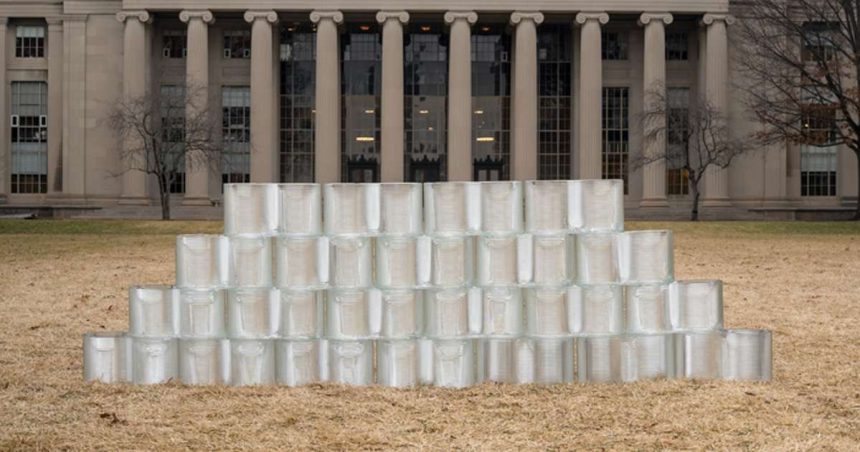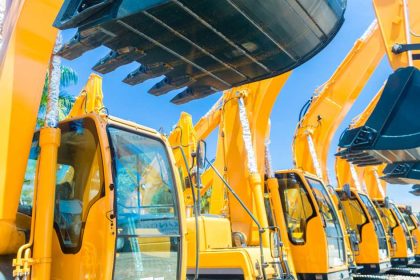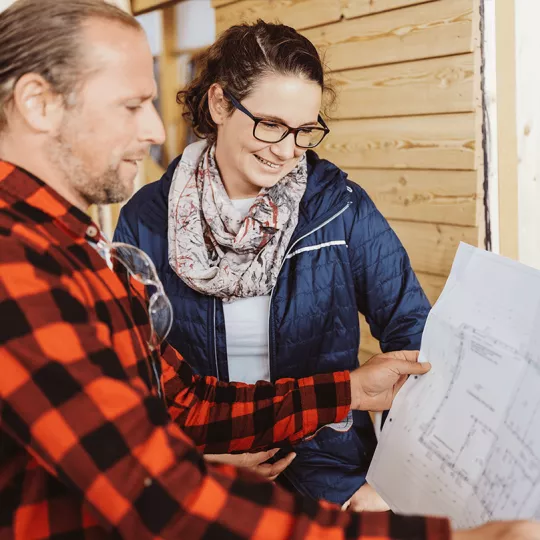Aussies could be living in ‘LEGO-like’ 3D-printed homes within the next decade after MIT engineers reveal “revolutionary” glass bricks as strong as concrete.
Inspired by the idea behind circular construction, which reuses building materials to reduce the industry’s embodied carbon, MIT mechanical engineering whiz Kaitlyn Becker and Michael Stern, an MIT grad who founded the glass-printing company Evenline, say that even as undergraduate students, they saw the potential glass had to shape home construction.
“I found the material fascinating,” says Stern, who later designed a 3D printer capable of printing molten recycled glass — a project he took on while studying in the mechanical engineering department.
“I started thinking of how glass printing can find its place and do interesting things, construction being one possible route.”
Now MIT engineers, the pair are putting their ideas to the test, partnering up with the university to develop a new kind of reconfigurable masonry made from 3D-printed, recycled glass.
Resembling something of a giant LEGO brick, these figure-eight-shaped building blocks are made by using a custom 3D glass-printing technique that melts down old glass bottles and prints layer by layer into super-strong bricks.
And just like your kid’s favourite X-wing block set, these glass bricks are designed to snap together seamlessly, making them easy to stack and mould to create anything from walls to curved architectural features.
“Glass as a structural material kind of breaks people’s brains a little bit,” said Stern.
“We’re showing this is an opportunity to push the limits of what’s been done in architecture.”
But how does it stack up against concrete?
Concrete is the current heavyweight champ of 3D-printed housing materials. It’s tough, affordable, and readily available, making it a go-to for most builders. But how do MIT’s glass bricks compare?
The engineers put their bricks to the test using an industrial hydraulic press, pushing them to their limits to see how much pressure they could withstand.
The result? These glass blocks held up under pressure just as well as, if not better than, concrete. They’re strong, durable, and ready to take on the world of homebuilding.
Where glass has the upper hand over the current concrete standard is its ability to be reused once it’s reached the end of its life cycle, with Becker claiming the possibilities are endless when it comes to melting down the glass to reshape it into new building material.
“Glass is a highly recyclable material,” said Becker, “We’re taking glass and turning it into masonry that, at the end of a structure’s life, can be disassembled and reassembled into a new structure or can be stuck back into the printer and turned into a completely different shape.
“I get excited about expanding design and manufacturing spaces for challenging materials with interesting characteristics, like glass and its optical properties and recyclability.
“As long as it’s not contaminated, you can recycle glass almost infinitely.”
How long until they hit the market?
While results are promising, you probably won’t be seeing these glass bricks hitting the market for quite some time.
Currently, the only real proof of the glass bricks’ potential is a curved wall constructed by the MIT team, but Stern said they are focused on scaling up their current designs to build larger structures and continue testing their product for mass production as the 3D construction market heats up moving toward the end of the decade.
“We have more understanding of what the material’s limits are, and how to scale,” Stern said.
“We’re thinking of stepping stones to buildings, and want to start with something like a pavilion — a temporary structure that humans can interact with, and that you could then reconfigure into a second design.
“And you could imagine that these blocks could go through a lot of lives.”








